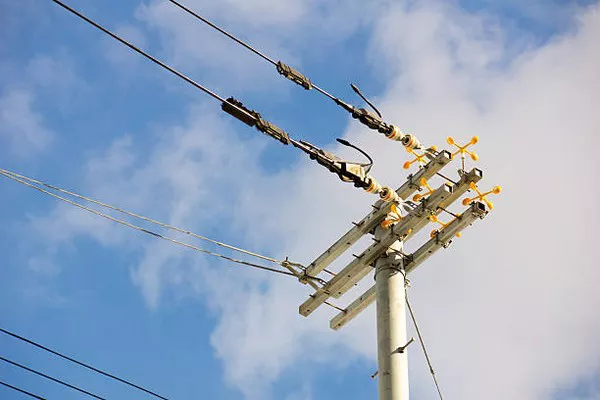Transformers are indispensable components in electrical systems, facilitating the efficient transmission and distribution of power. Among the various types of transformers, the delta-wye transformer holds a significant position due to its versatility and widespread application in diverse industrial and commercial settings. This article aims to delve into the intricacies of delta-wye transformers, elucidating their functionality, applications, and advantages.
Understanding Delta-Wye Transformers:
A delta-wye transformer, also known as a delta-star transformer or a delta-connected transformer on the primary side and a wye-connected transformer on the secondary side, comprises three primary and three secondary windings. The primary windings are connected in a delta configuration, forming a closed loop, while the secondary windings are connected in a wye (star) configuration, resembling the shape of the Greek letter “Δ” and “Y” respectively, hence the name.
Functionality:
Delta-wye transformers serve various functions in electrical systems, including voltage transformation, isolation, and impedance matching. The primary function of a transformer is voltage transformation, wherein the primary winding receives electrical energy at a certain voltage level and transforms it to a different voltage level at the secondary winding, based on the turns ratio between the windings.
Applications:
Delta-wye transformers find extensive application across diverse industries and utility sectors:
Power Distribution: Delta-wye transformers play a crucial role in power distribution networks, stepping down high-voltage electricity generated at power plants to lower voltages suitable for commercial and residential consumption.
Industrial Applications: In industrial settings, delta-wye transformers are employed to power machinery, equipment, and motors, providing the necessary voltage levels for optimal operation.
Renewable Energy Integration: With the increasing adoption of renewable energy sources such as wind and solar power, delta-wye transformers facilitate the integration of these intermittent energy sources into the electrical grid by stepping up or stepping down voltages as required.
Voltage Regulation: Delta-wye transformers are utilized for voltage regulation purposes, ensuring consistent voltage levels within electrical systems despite fluctuations in the input voltage.
Advantages:
Delta-wye transformers offer several advantages that contribute to their widespread adoption:
Flexibility: The dual configuration of delta-wye transformers allows for flexibility in voltage transformation, enabling them to adapt to various voltage requirements within a power distribution network.
Phase Shifting: Delta-wye transformers can introduce a phase shift between the primary and secondary voltages, which is beneficial in applications such as power factor correction and impedance matching.
Efficient Power Distribution: By stepping down high-voltage electricity to lower levels suitable for distribution, delta-wye transformers facilitate efficient power transmission with minimal losses, thereby optimizing energy utilization.
Reliable Operation: Delta-wye transformers are known for their robust construction and reliable performance, ensuring uninterrupted power supply even in demanding industrial environments.
Improved Voltage Regulation: The inherent design of delta-wye transformers aids in maintaining stable voltage levels, contributing to enhanced system reliability and reduced downtime.
Challenges and Considerations:
While delta-wye transformers offer numerous benefits, certain challenges and considerations must be taken into account:
Cost: Delta-wye transformers can be relatively expensive compared to other types of transformers, especially for higher voltage ratings and custom configurations.
Size and Weight: Large delta-wye transformers may have significant size and weight, requiring adequate space and structural support for installation.
Harmonic Distortion: In certain applications, delta-wye transformers may be susceptible to harmonic distortion caused by nonlinear loads, necessitating appropriate mitigation measures.
Maintenance: Regular maintenance and inspections are essential to ensure optimal performance and longevity of delta-wye transformers, particularly in harsh operating environments.
Conclusion:
Delta-wye transformers play a vital role in modern electrical systems, offering efficient voltage transformation, isolation, and impedance matching capabilities across a wide range of applications. With their flexibility, reliability, and ability to enhance power distribution efficiency, delta-wye transformers continue to be indispensable components in industrial, commercial, and utility sectors. By understanding the functionality, applications, and advantages of delta-wye transformers, engineers and stakeholders can make informed decisions regarding their integration into electrical infrastructure, thereby optimizing energy utilization and ensuring reliable power supply.

